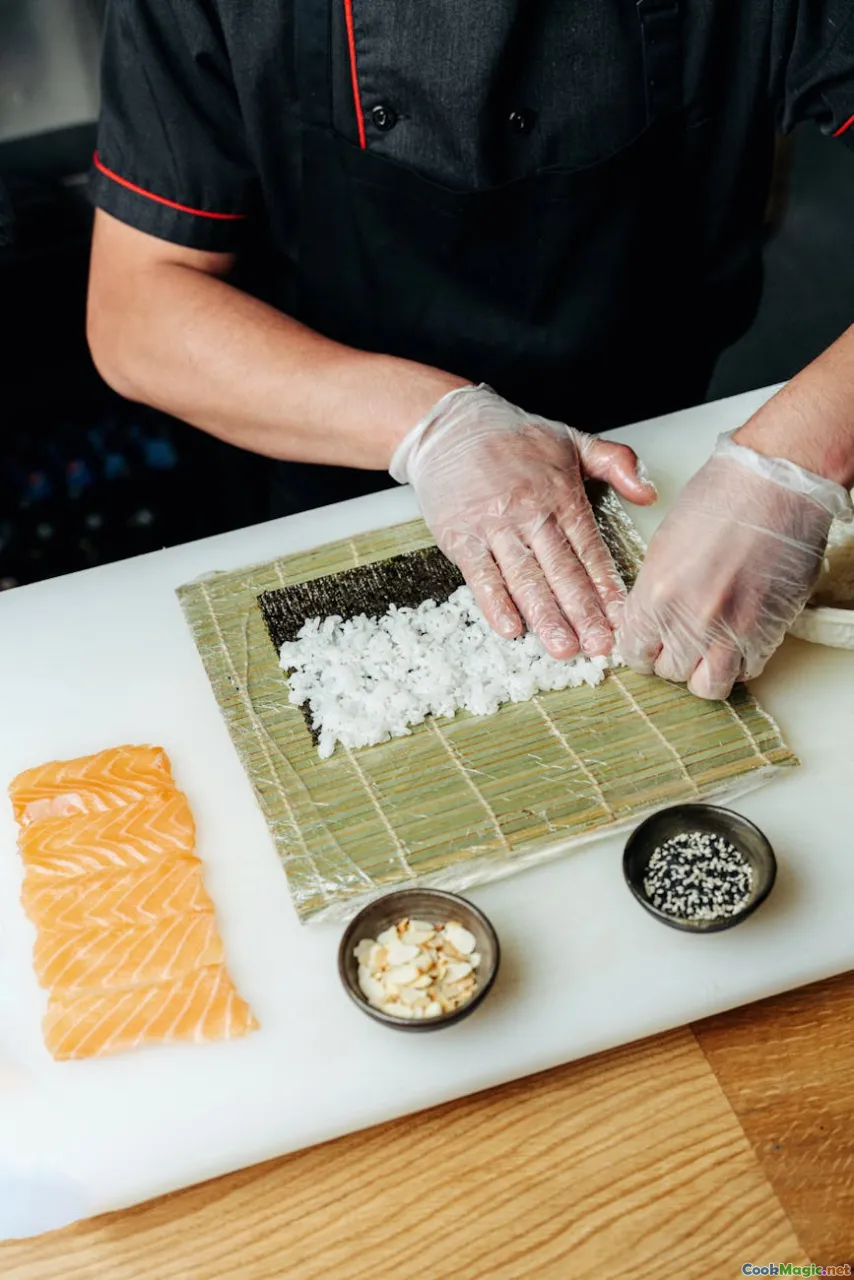How to Cook Perfect Dominican Rice Every Time
8 min read Master the art of cooking authentic Dominican rice with tips, techniques, and cultural insights to elevate your culinary skills every time. April 29, 2025 15:55
How to Cook Perfect Dominican Rice Every Time
Imagine the warm, inviting aroma of perfectly cooked rice wafting through a bustling Dominican kitchen—where family gathers around tables laden with flavorful stews, fried plantains, and, of course, fluffy, fragrant rice. Dominican rice isn't just a side dish; it's a culinary cornerstone, woven into the very fabric of daily life, celebrations, and history. But achieving that elusive, tender, and flavorful rice every single time can seem daunting—until now.
In this comprehensive guide, we'll explore the cultural significance of Dominican rice, delve into its rich history, and share practical, foolproof techniques to help you master its perfect texture, flavor, and aroma. Whether you're a seasoned chef or a curious home cook, this article will inspire you to bring a taste of the Dominican Republic into your own kitchen.
The Cultural and Culinary Significance of Dominican Rice
Dominican rice is more than just a staple; it’s a symbol of warmth, hospitality, and tradition. In Dominican households, rice accompanies nearly every meal—from the hearty Moro de Guandules(rice with pigeon peas) to the savoryArroz con Pollo (chicken and rice). It’s a dish that unites families, evokes memories of festive gatherings, and embodies the island’s vibrant culinary spirit.
Historically, rice was introduced to the Caribbean through colonization and trade routes, becoming an integral ingredient due to its versatility and affordability. Over generations, Dominicans have perfected ways to infuse rice with local flavors—adding coconut milk, herbs, and spices—to create a comforting, aromatic experience that resonates with the island’s diverse cultural influences.
The Foundations of Perfect Dominican Rice
Before diving into the cooking process, it’s essential to understand the building blocks of great rice:
- Type of Rice: Long-grain rice is preferred for its fluffy, non-sticky texture. Brands like Jasmine or Basmati work well, but traditional Dominican recipes often use locally sourced long-grain rice.
- Quality of Water: Clean, fresh water ensures the rice cooks evenly and maintains a neutral flavor.
- Flavor Base: Sofrito (a blend of onions, peppers, garlic, and herbs) forms the aromatic foundation.
- Cooking Technique: Proper rinsing, the right water-to-rice ratio, and controlled heat are crucial.
Step-by-Step Guide to Cooking Dominican Rice
1. Selecting and Rinsing the Rice
Start with high-quality long-grain rice. Place the rice in a fine-mesh sieve and rinse thoroughly under cold water until the water runs clear. This step removes excess surface starch, preventing the rice from becoming gummy and helping it cook up light and fluffy.
2. Preparing the Flavor Base
In a large, heavy-bottomed pot, heat a generous amount of olive oilorvegetable oilover medium heat. Add finely choppedonions, bell peppers(preferably red or green),garlic, and a handful of cilantro stems. Sauté until fragrant and translucent—about 3-5 minutes. This sofrito will infuse your rice with a depth of flavor that’s truly Dominican.
3. Toasting the Rice
Add the rinsed rice to the pot and stir well to coat each grain with the aromatic sofrito. Cook for 2-3 minutes, allowing the rice to toast slightly, which enhances its nutty flavor and helps maintain its individual grains.
4. Adding Liquid
Traditionally, Dominican rice is cooked with a combination of water and coconut milk for richness, or simply water for a more neutral flavor. The typical ratio is 1 part rice to 1.5-2 parts liquid, depending on the rice variety and desired texture.
Pour in your chosen liquid and bring to a boil. Season with saltto taste—usually about 1 teaspoon per cup of rice—and add abay leaforpeppercorns for subtle aromatic notes.
5. Simmering to Perfection
Once boiling, reduce the heat to low, cover tightly, and let the rice simmer undisturbed for about 15-20 minutes. Resist the temptation to lift the lid; steam is crucial for fluffy rice. If you’re using coconut milk, keep an eye to prevent burning and adjust heat accordingly.
6. Resting and Fluffing
After the cooking time, turn off the heat and let the rice sit, covered, for an additional 5 minutes. This resting period allows the grains to firm up and settle, ensuring each bite is tender yet distinct.
Gently fluff the rice with a fork, mixing in chopped fresh herbs or a squeeze of lime for added brightness.
Tips and Tricks for Consistency
- Use a heavy-bottomed pot to distribute heat evenly.
- Maintain the right water-to-rice ratio; too much liquid results in mush, too little leaves it undercooked.
- Control the heat; too high burns the rice, too low prolongs cooking.
- Incorporate local flavors like coconut milk, annatto (for color), or fresh herbs to customize your dish.
- Practice patience; perfect rice isn’t rushed. The slow simmer and resting time are key.
Personal Insights and Anecdotes
My first experience with Dominican rice was during a family gathering in Santo Domingo. The aroma of the sofrito mingling with freshly cooked rice was intoxicating. I remember watching my aunt carefully stir the rice, her hands confident, and her eyes gleaming with pride. That moment taught me that preparing this rice is an act of love—an art passed down through generations.
Over time, I’ve learned that each family has its secret twist—be it a splash of lime, a pinch of oregano, or a handful of pigeon peas. The beauty of Dominican rice lies in its versatility and the personal touch each cook adds.
Final Thoughts
Perfect Dominican rice is more than just a culinary achievement; it’s a celebration of culture, history, and community. With patience, attention to detail, and a love for vibrant flavors, you can recreate this treasured dish in your own kitchen, bringing a piece of the Caribbean sunshine into your home.
So next time you prepare rice, remember—it's not just about the grains, but the stories, traditions, and heart that you infuse into every fluffy, fragrant bite. Happy cooking!









